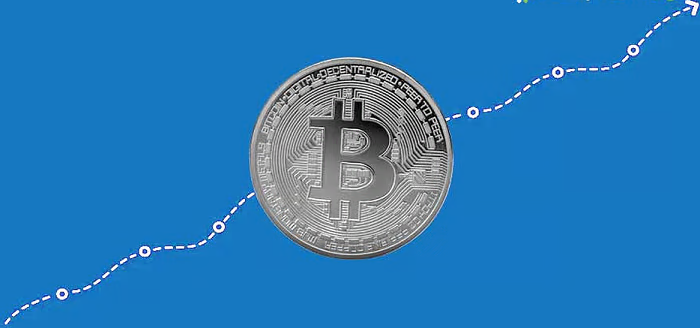Introduction
In a world rapidly shifting toward digital innovation, Bitcoin stands at the forefront of financial evolution. Launched in 2009 by a mysterious figure known as Satoshi Nakamoto, Bitcoin has grown from a cryptographic curiosity into a global financial powerhouse. But what exactly is Bitcoin, how does it work, and why does it matter?
What is Bitcoin?
Bitcoin (BTC) is a decentralized digital currency that enables peer-to-peer transactions without the need for banks or central authorities. Often dubbed “digital gold,” it is both a medium of exchange and a store of value.
Key characteristics:
- Decentralized: No central authority controls Bitcoin.
- Scarce: Only 21 million BTC will ever exist.
- Divisible: 1 BTC = 100,000,000 satoshis.
- Pseudonymous: Users transact with wallet addresses, not real names.
How Does Bitcoin Work?
Bitcoin relies on two main components:
1. Bitcoin Network
A global peer-to-peer network of computers (nodes) that validate and propagate transactions.
2. Blockchain
A public ledger where every Bitcoin transaction is recorded. Each “block” in the chain contains verified transactions, and once added, it becomes immutable.
The Role of Mining
Mining involves solving cryptographic puzzles (Proof-of-Work) to validate transactions and secure the network. Miners receive newly minted BTC as a reward, which halves approximately every four years (a process known as the “halving”).
Who Created Bitcoin?
Bitcoin was introduced via a whitepaper in 2008 by “Satoshi Nakamoto.” Despite much speculation, Nakamoto’s identity remains unknown. The mystery adds to the allure and decentralization ethos of Bitcoin.
Notable figures speculated to be Nakamoto:
- Hal Finney: Early Bitcoin user and recipient of the first BTC transaction.
- Nick Szabo: Developer of the “bitgold” concept, a precursor to Bitcoin.
Why is Bitcoin Valuable?
- Scarcity: Capped supply of 21 million.
- Security: Backed by thousands of nodes and miners worldwide.
- Utility: Used for remittances, payments, and as an investment.
- Trustless: No middlemen required.
How to Buy and Store Bitcoin
Step 1: Choose a Bitcoin Wallet
- Hardware Wallets (Best for security): Ledger, Trezor, KeepKey
- Software Wallets: Electrum, Exodus
- Mobile Wallets: Trust Wallet, BlueWallet
Step 2: Sign Up on a Reputable Exchange
- Popular options: Coinbase, Binance, Kraken, Crypto.com
Step 3: Complete KYC and Make a Purchase
- Link your bank account or card and purchase BTC.
- Tip: Move your BTC to a private wallet to maintain control.
Bitcoin vs. Traditional Money
| Feature | Bitcoin | Traditional Money |
|---|---|---|
| Supply | Fixed (21M) | Unlimited |
| Control | Decentralized | Centralized (Govts) |
| Transparency | Public Ledger | Bank Controlled |
| Accessibility | 24/7 Global Access | Limited Banking Hours |
Risks and Considerations
- Volatility: Price fluctuations are common.
- Regulatory Uncertainty: Some countries restrict usage.
- Security: Protect your private keys at all costs.
Final Thoughts
Bitcoin is more than a digital asset; it represents a movement toward financial sovereignty. Whether you’re a first-time buyer or a seasoned investor, understanding how Bitcoin works is essential in navigating this new financial era.
